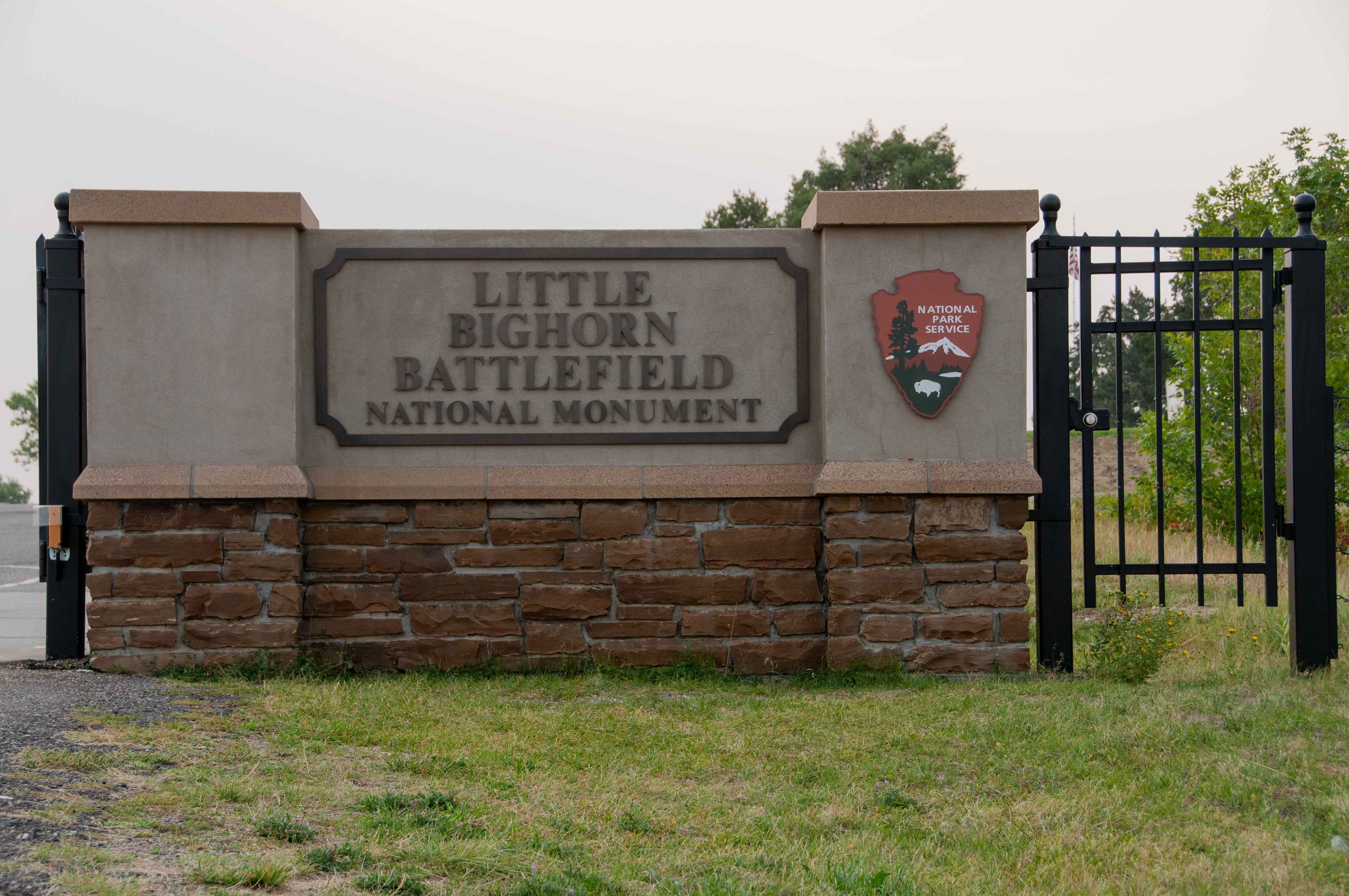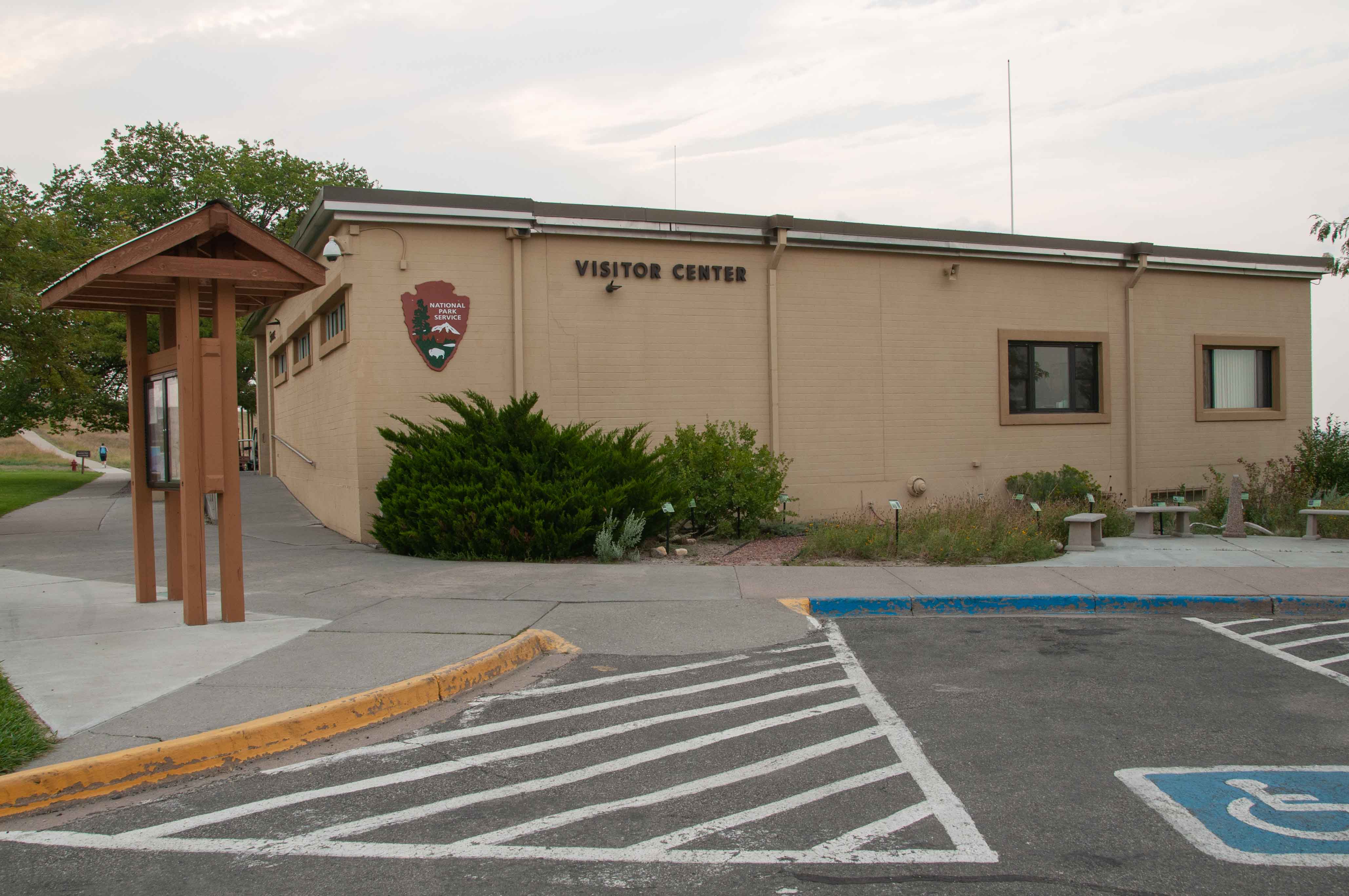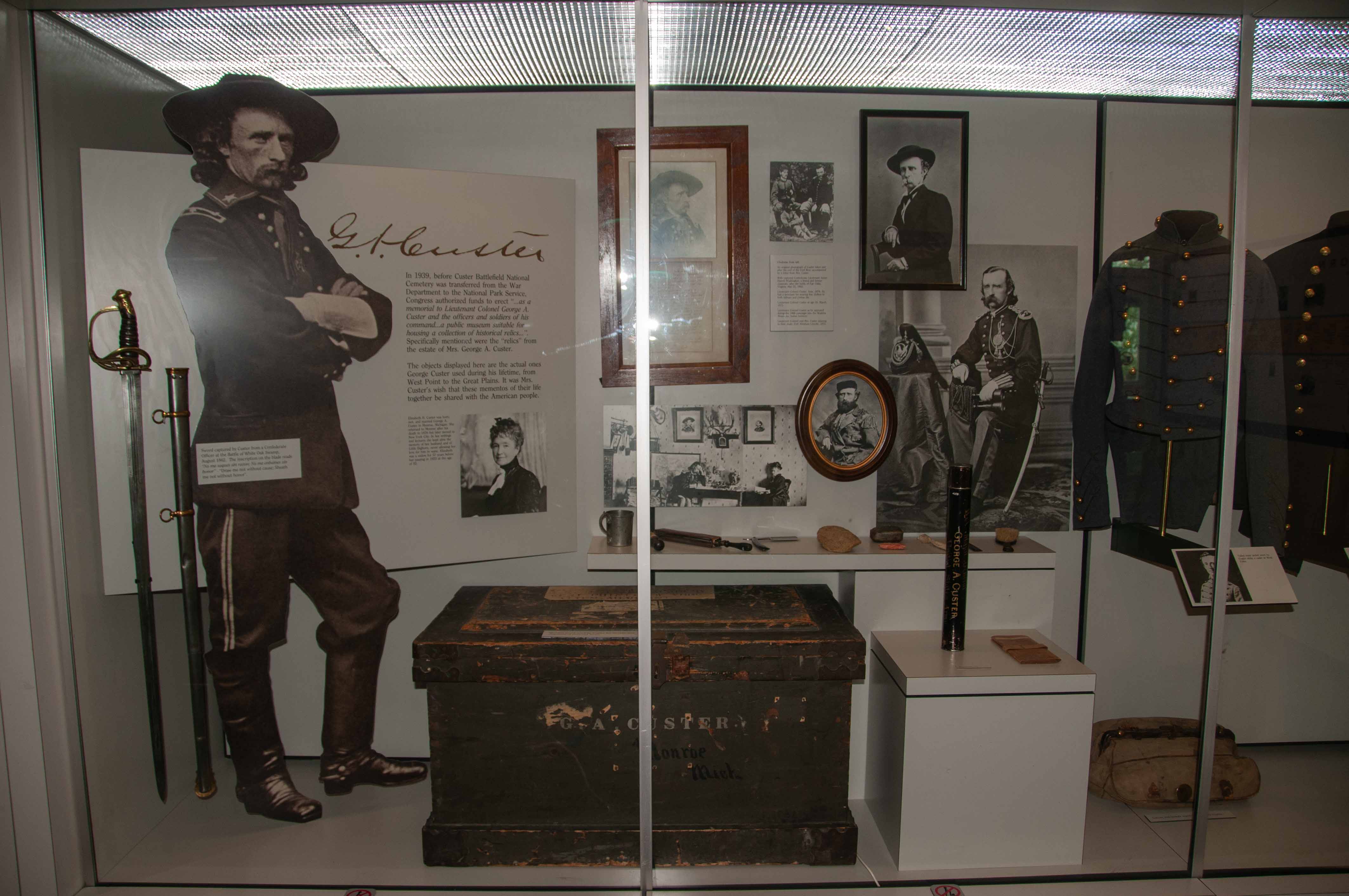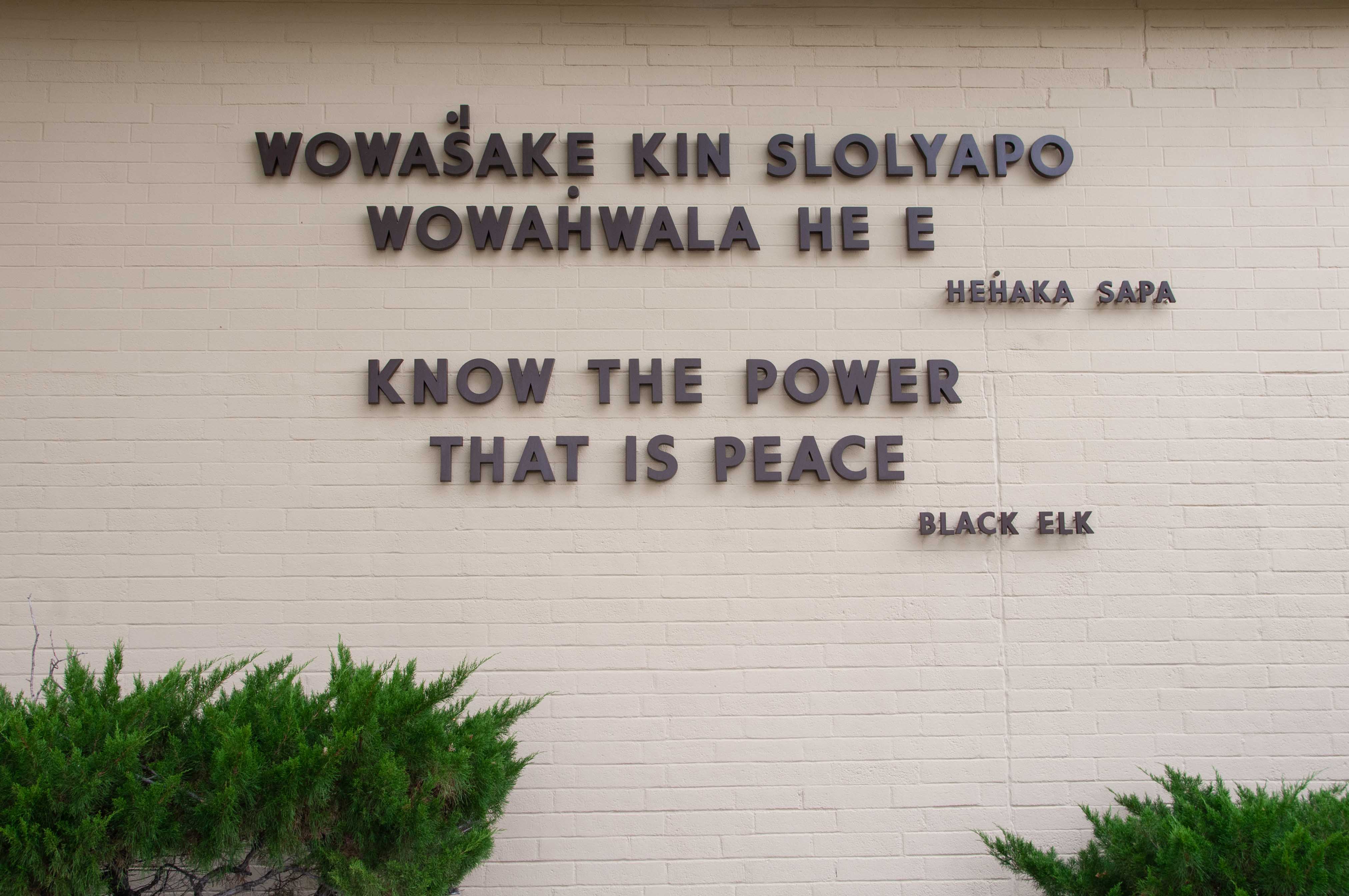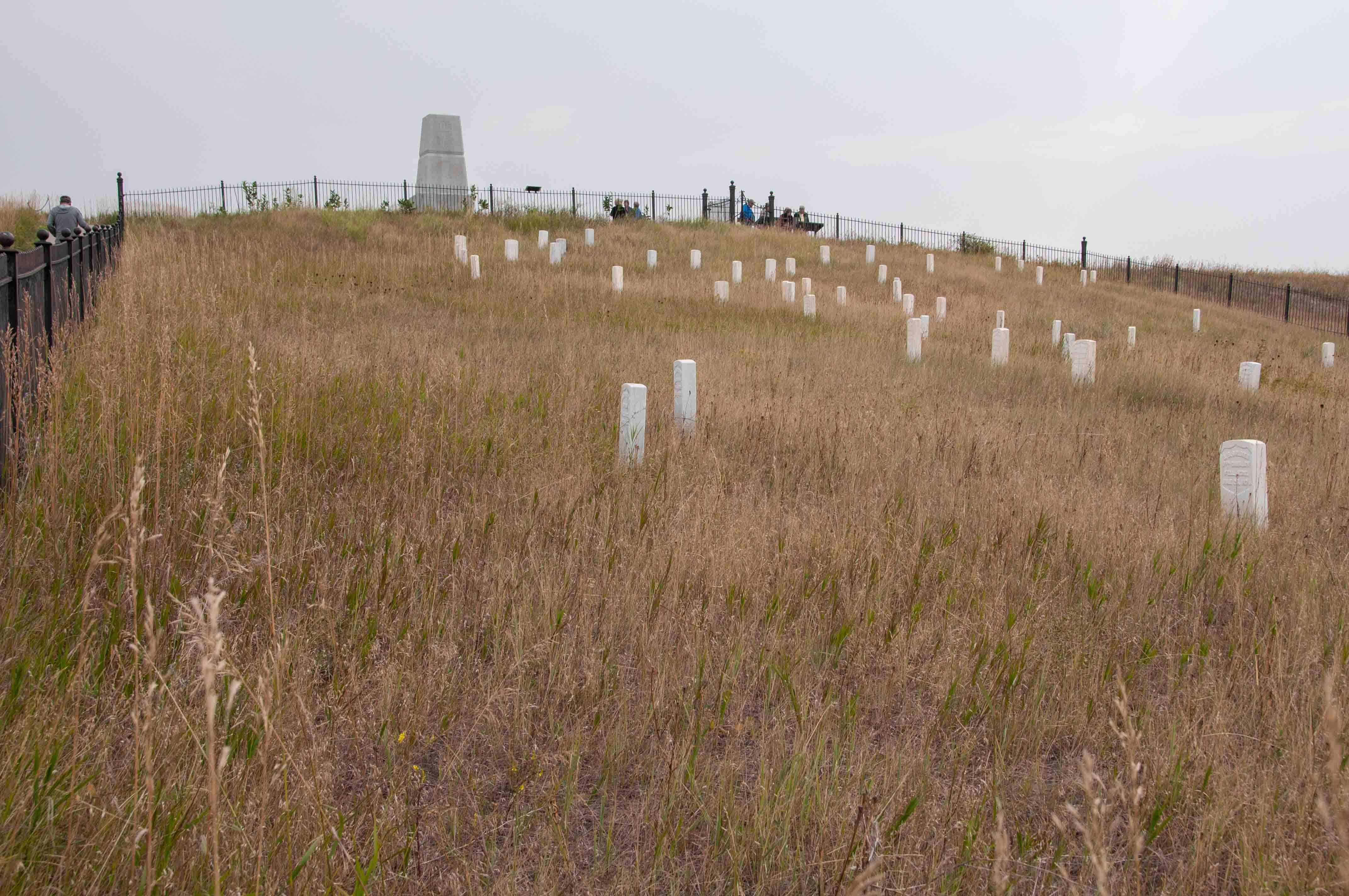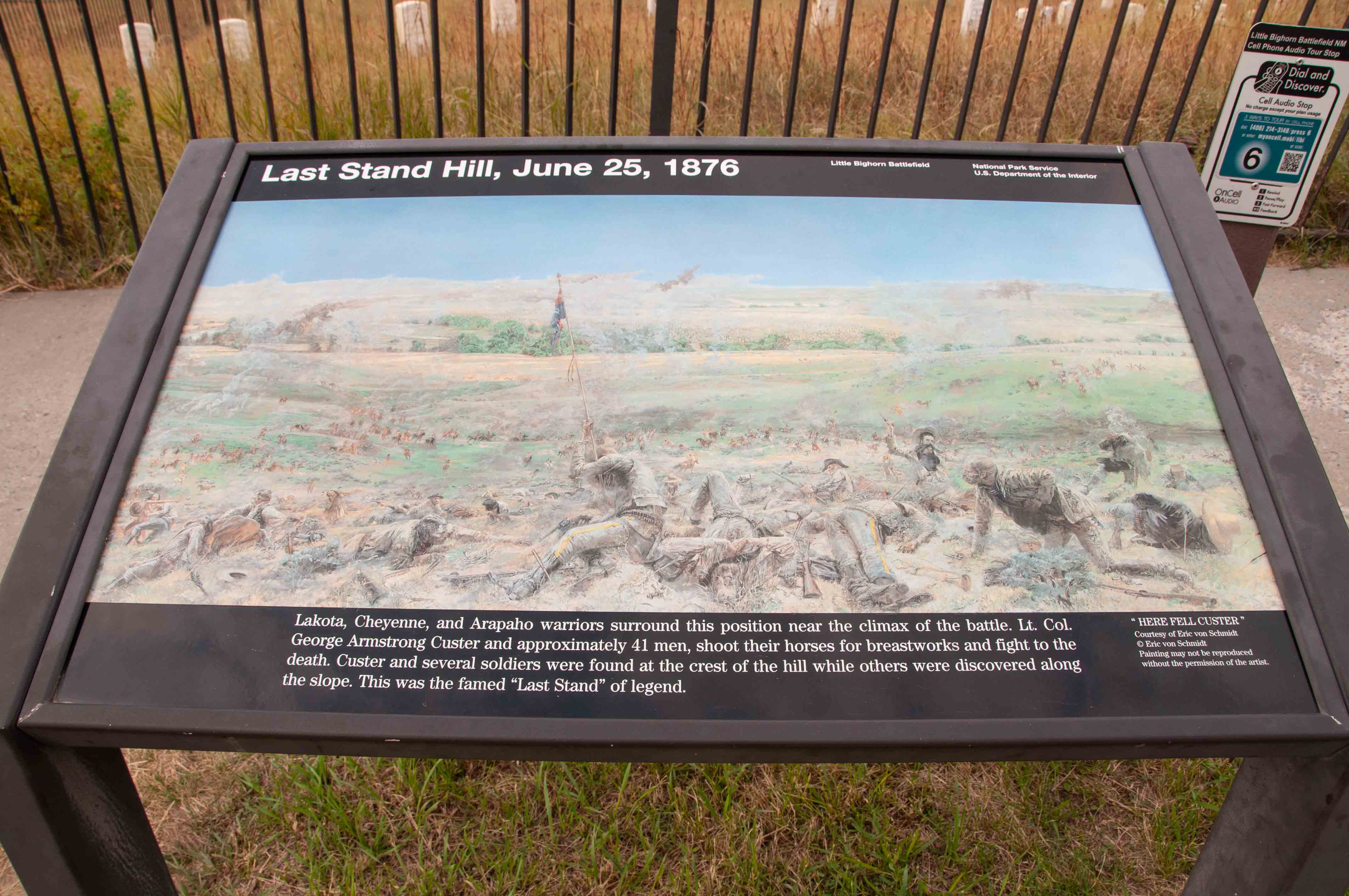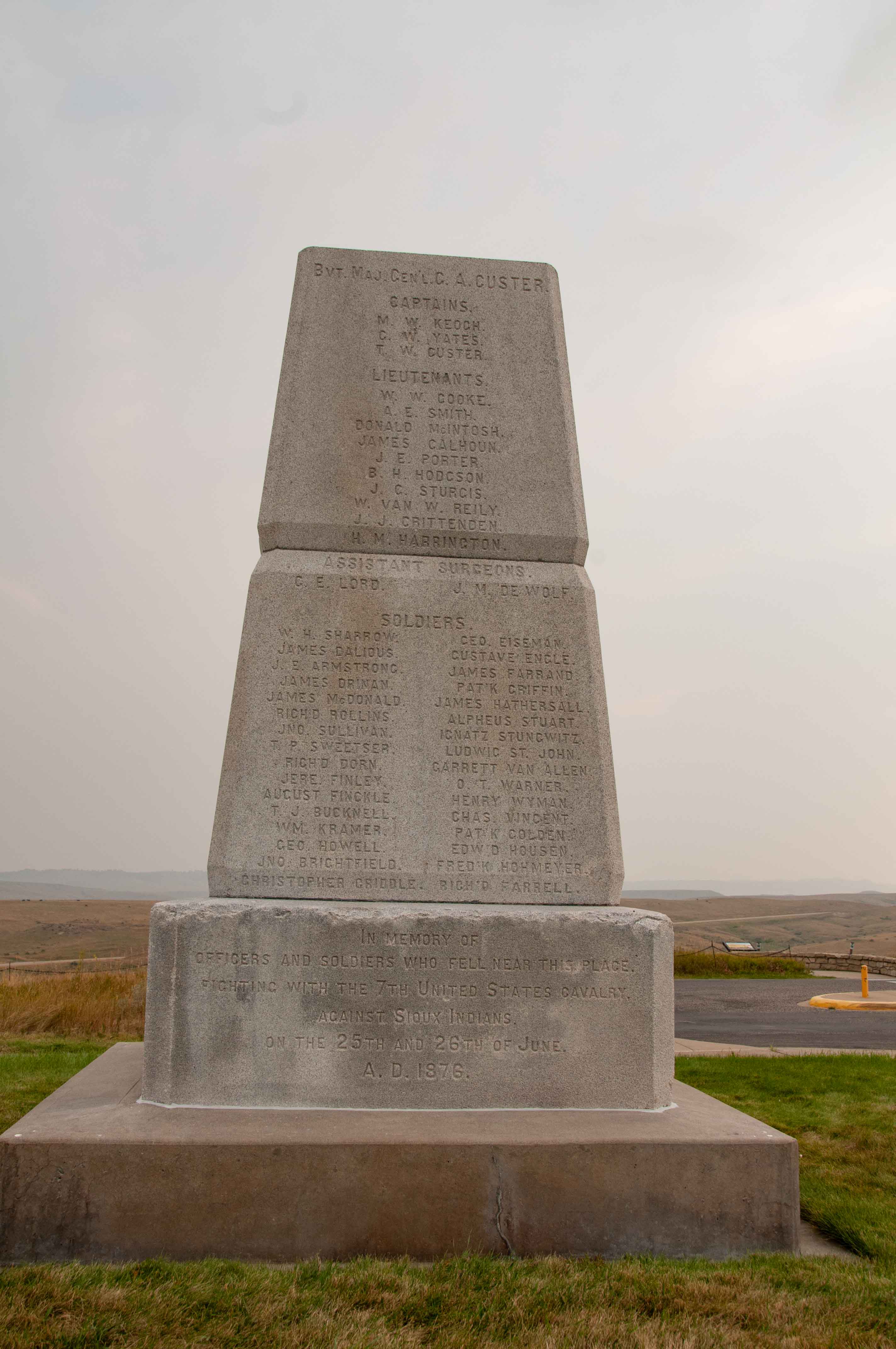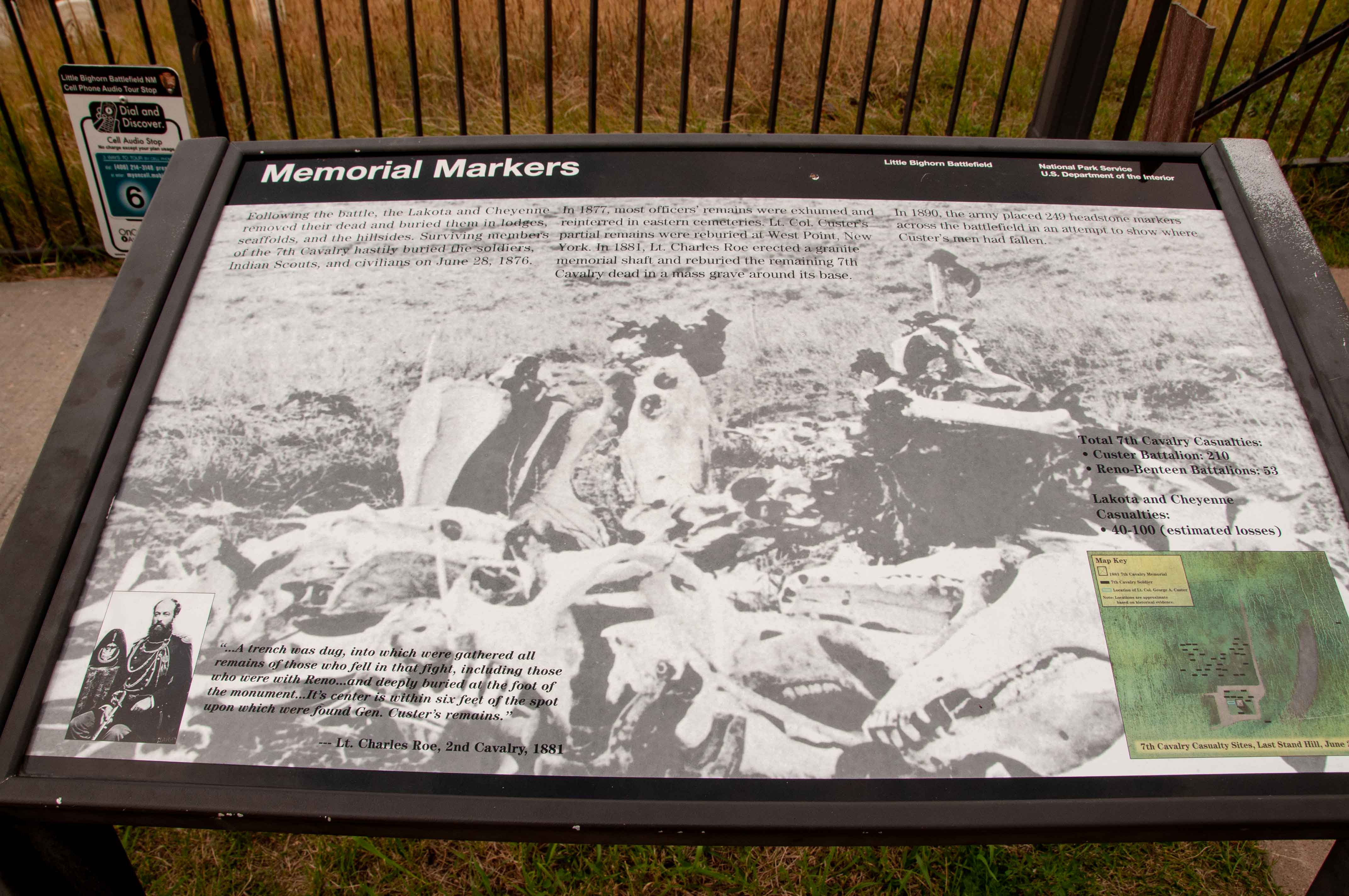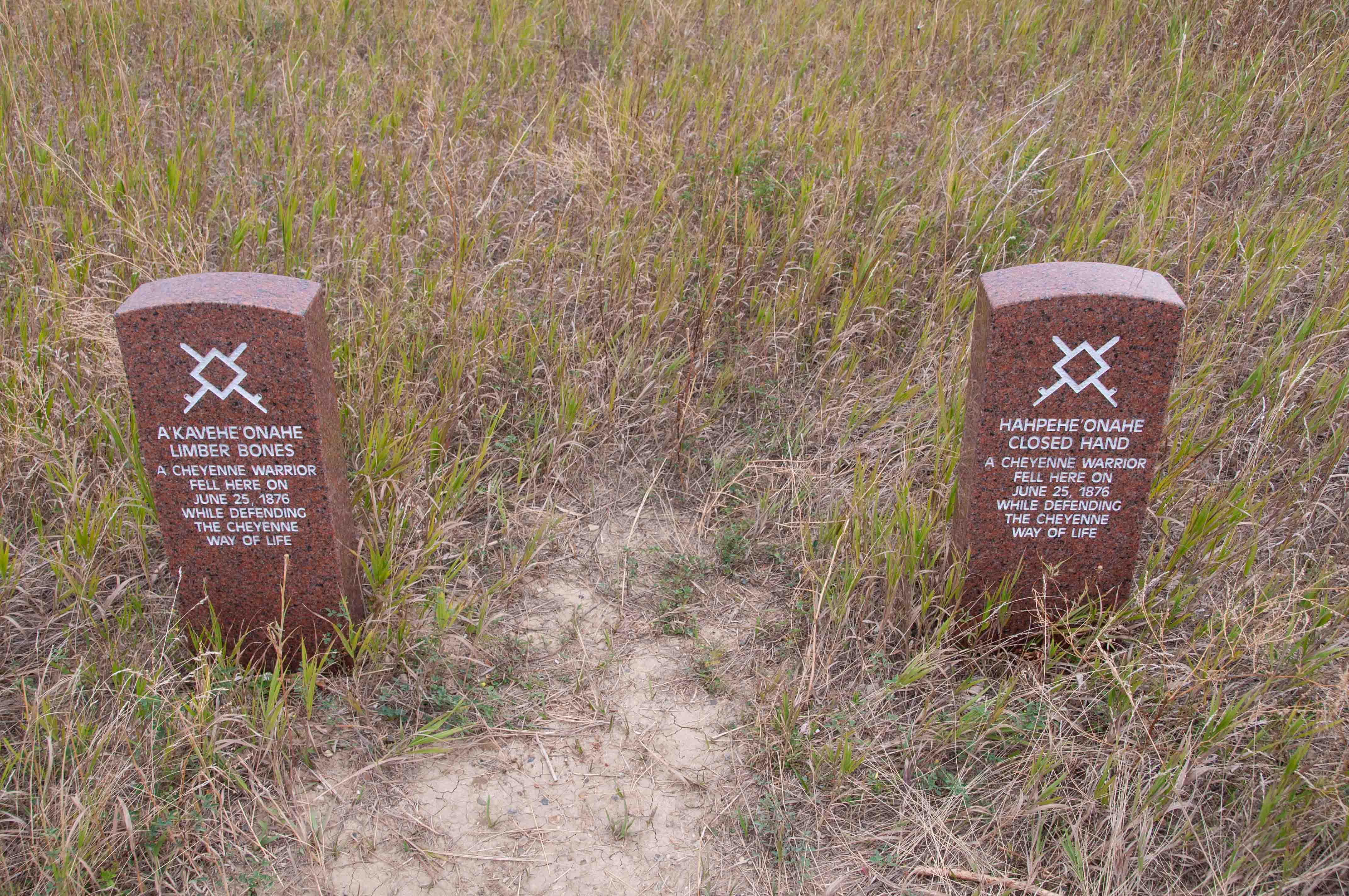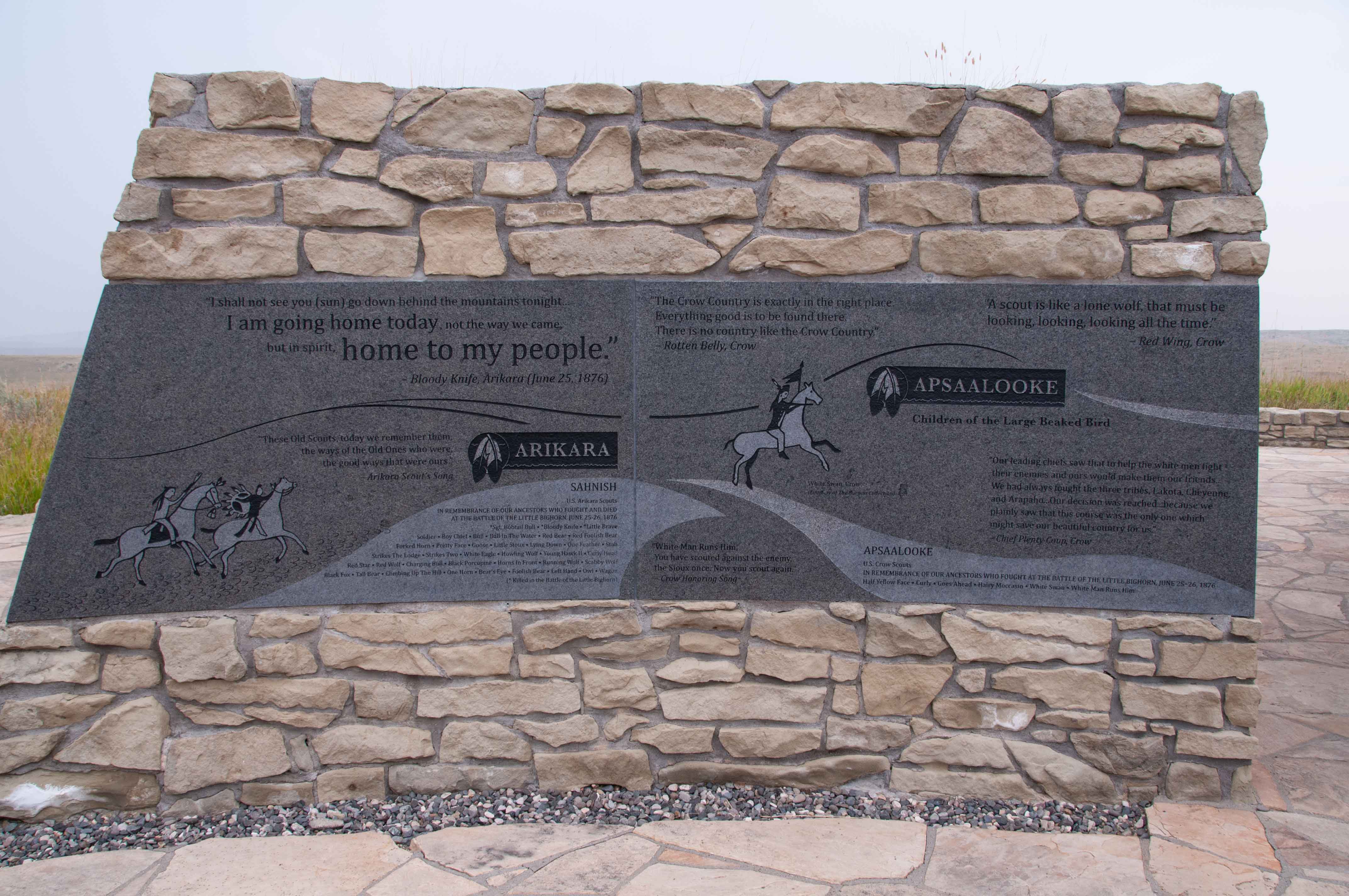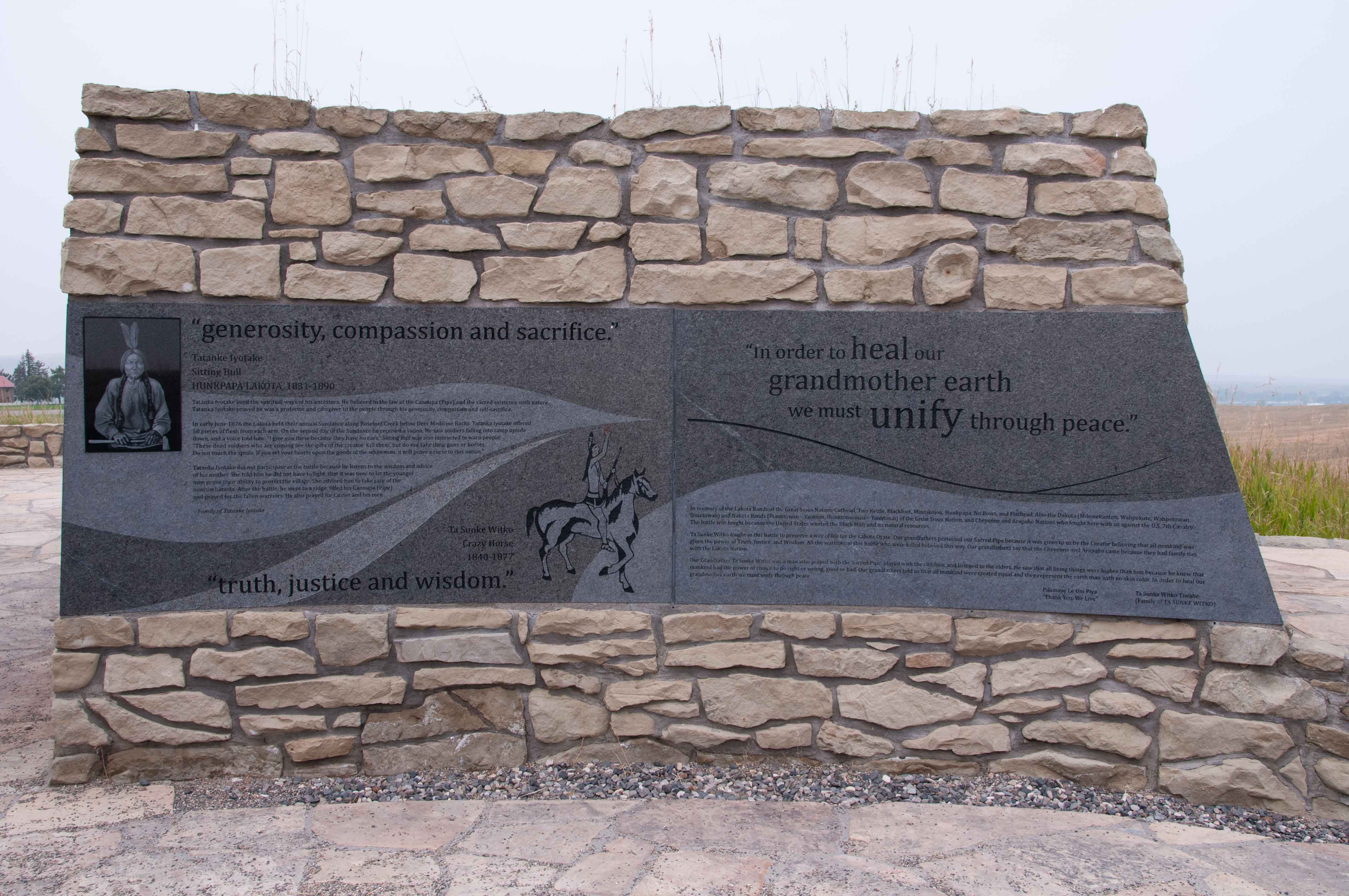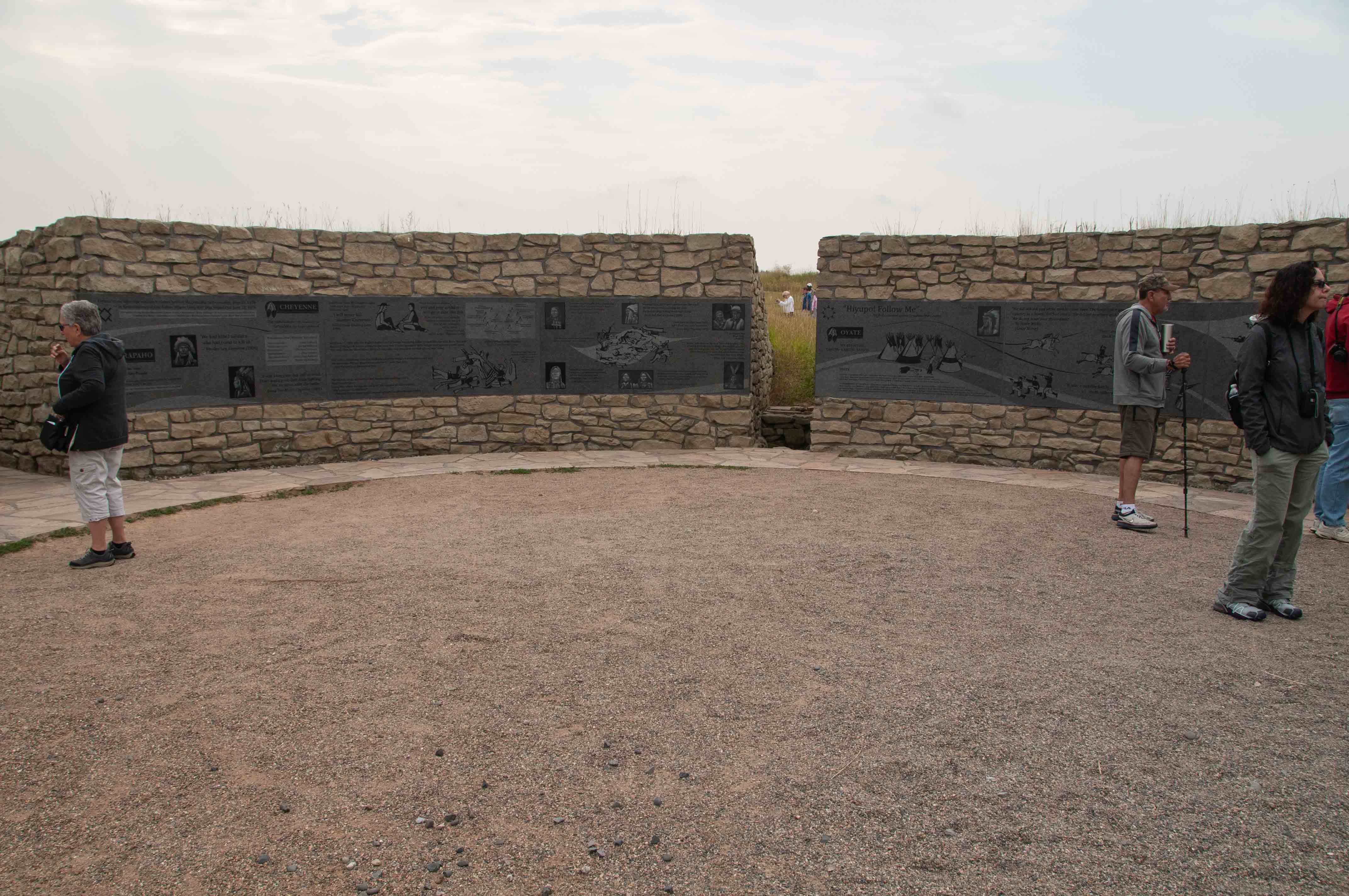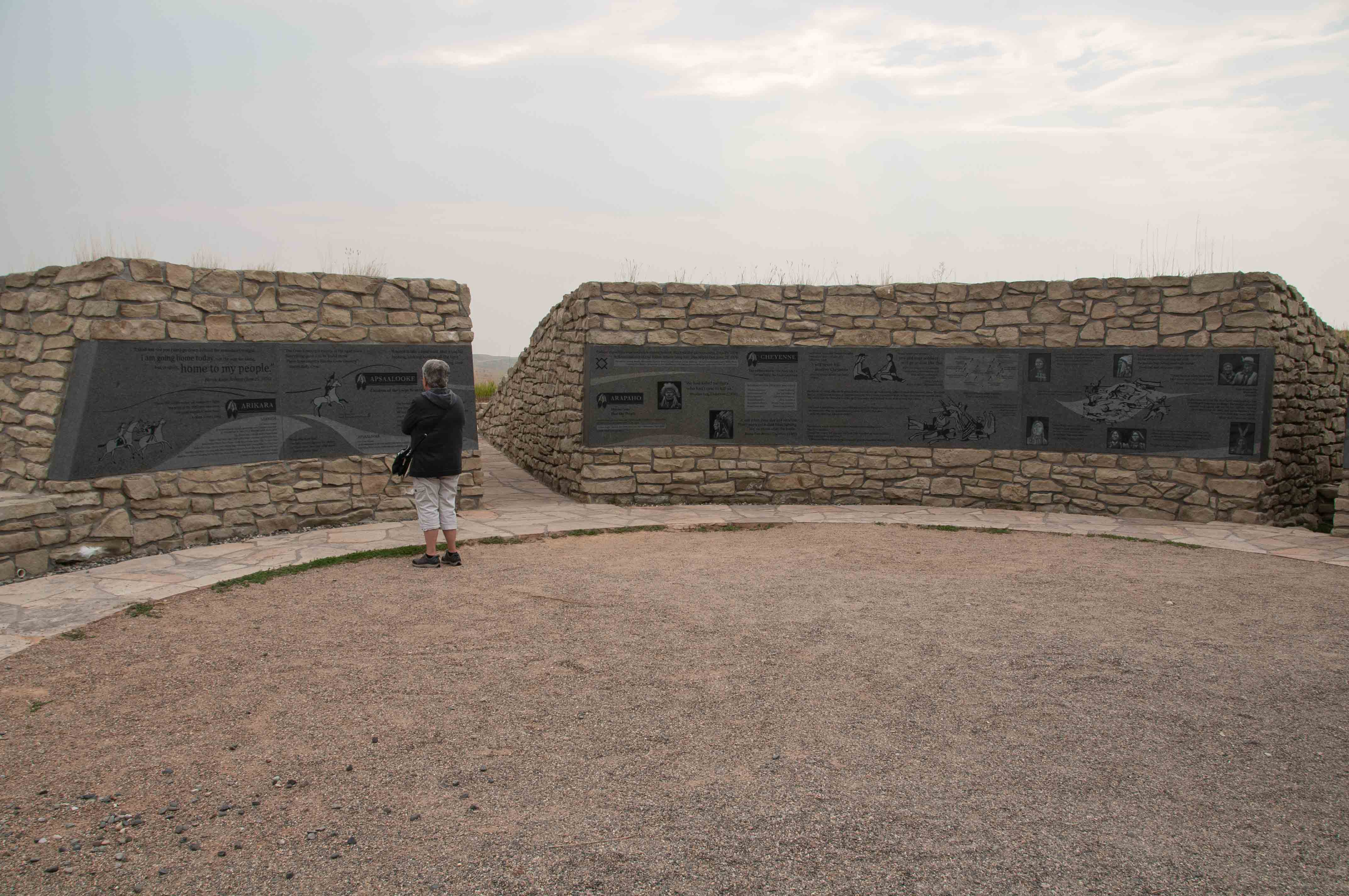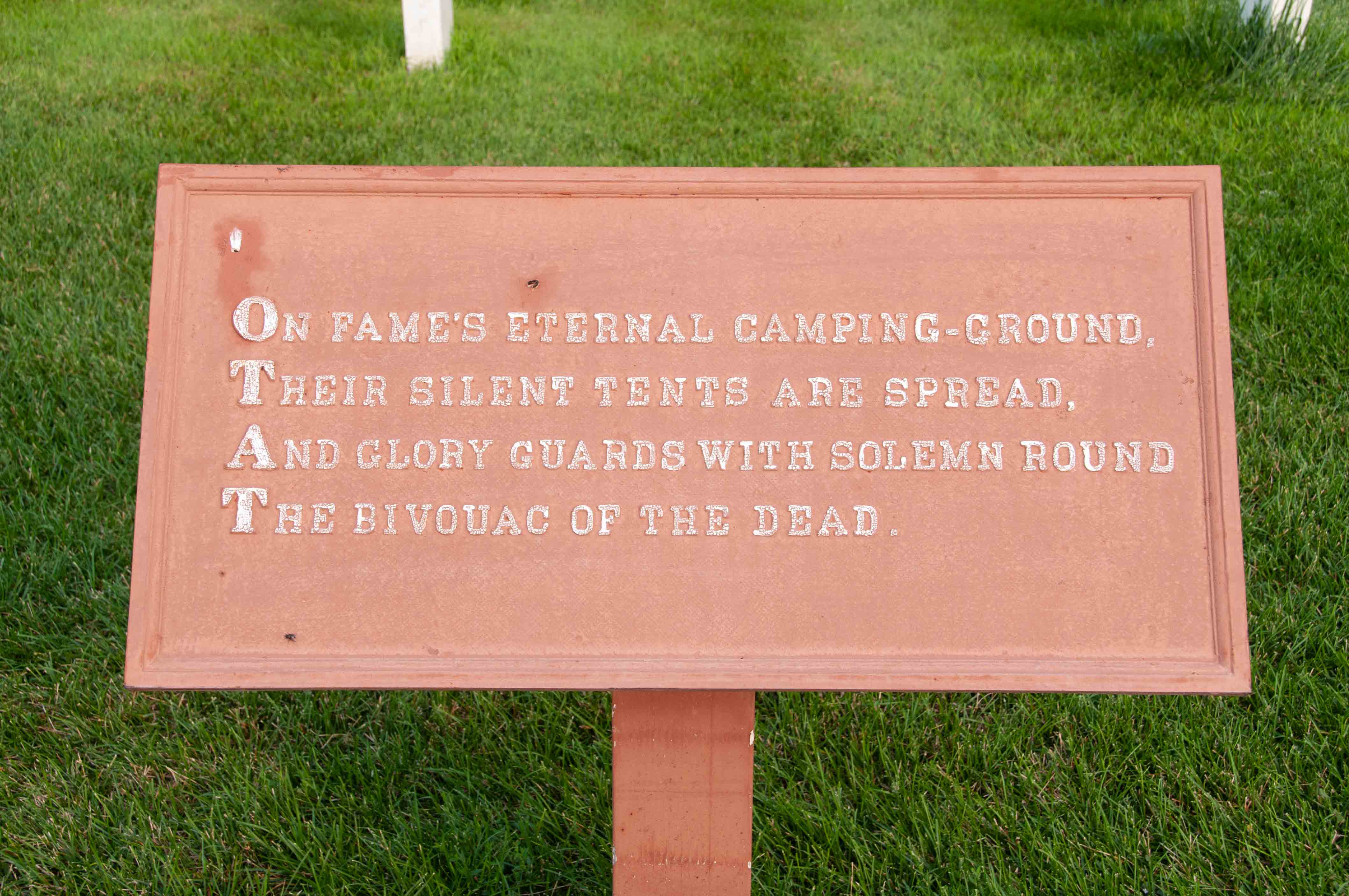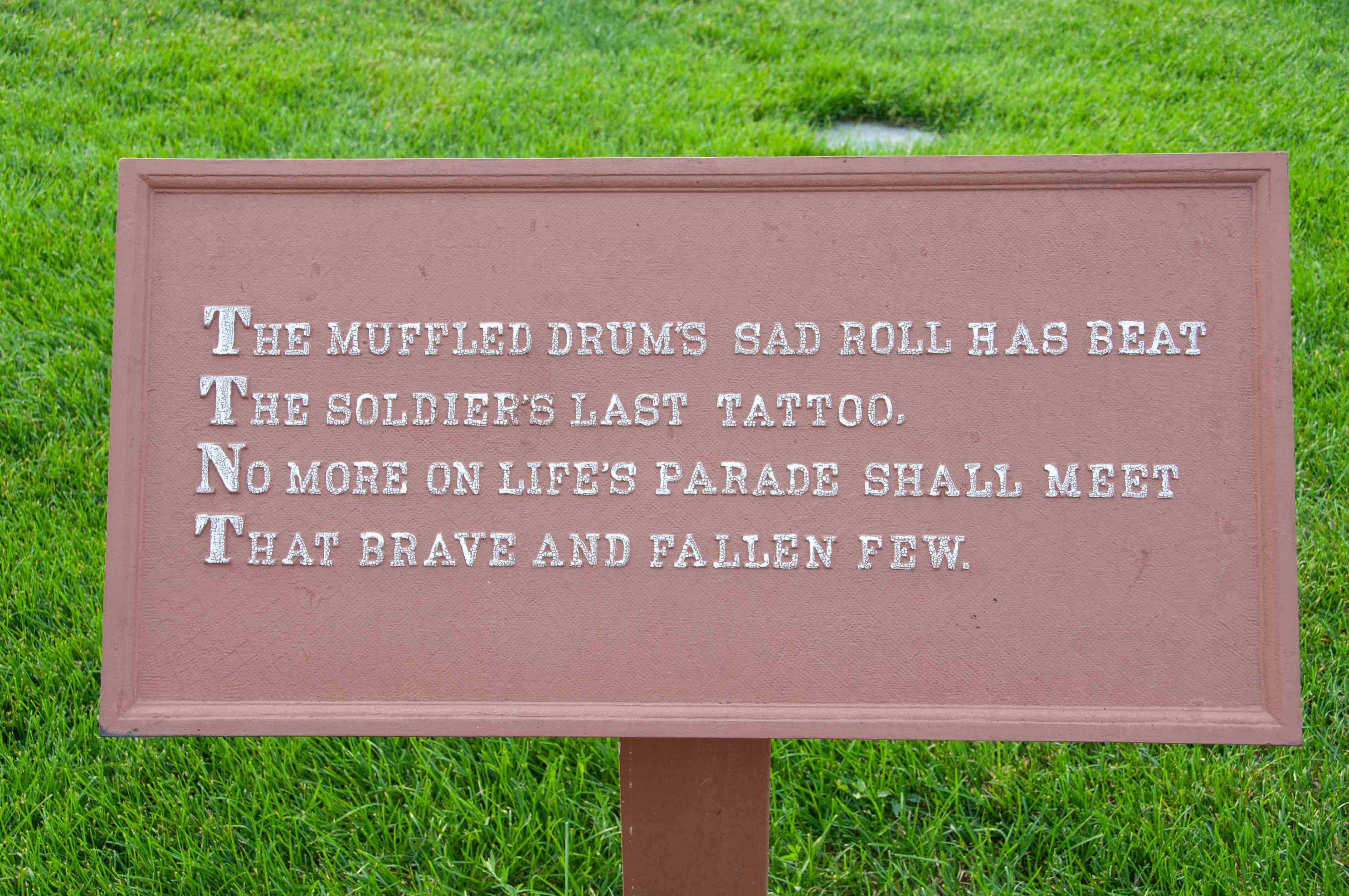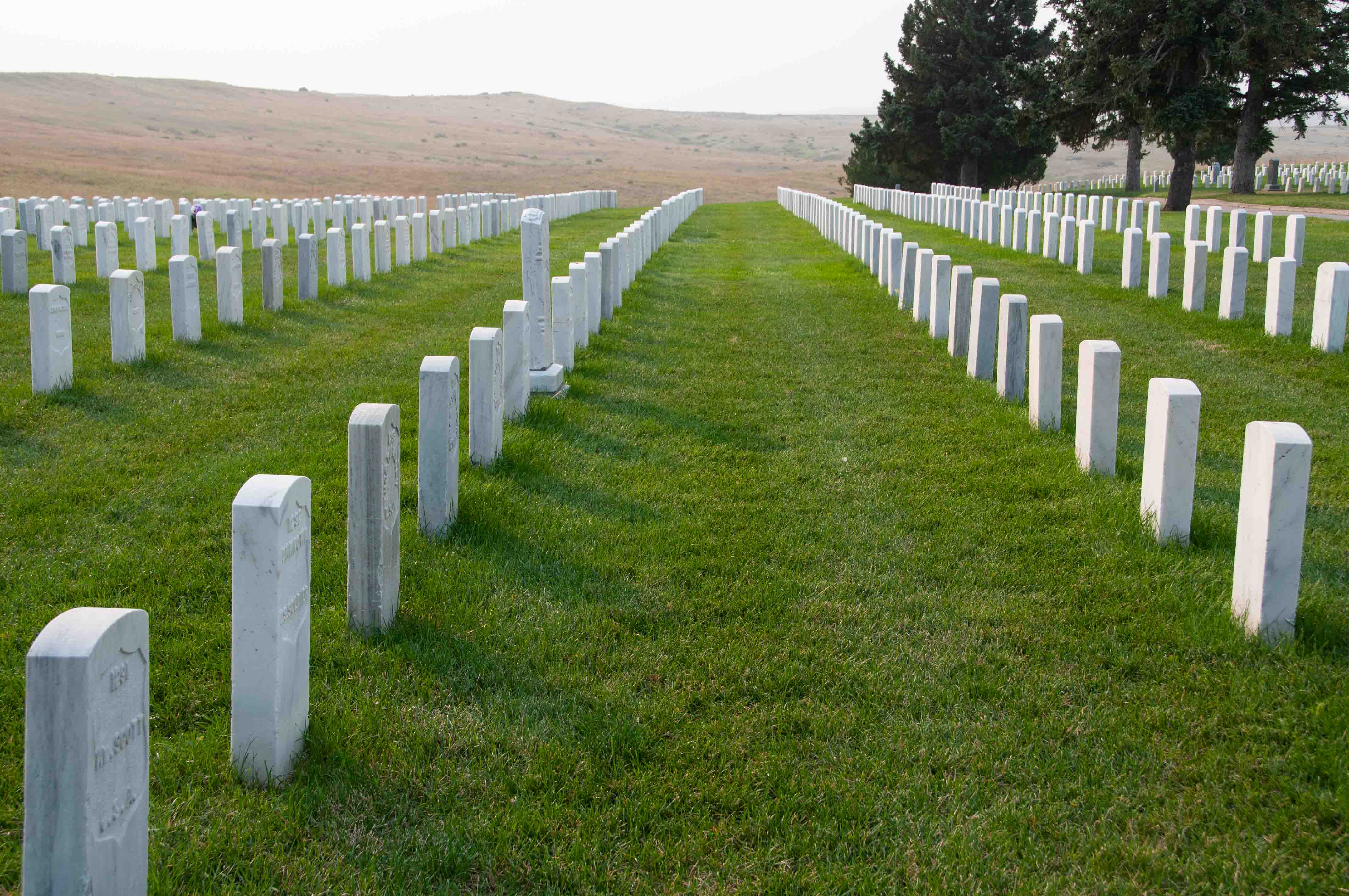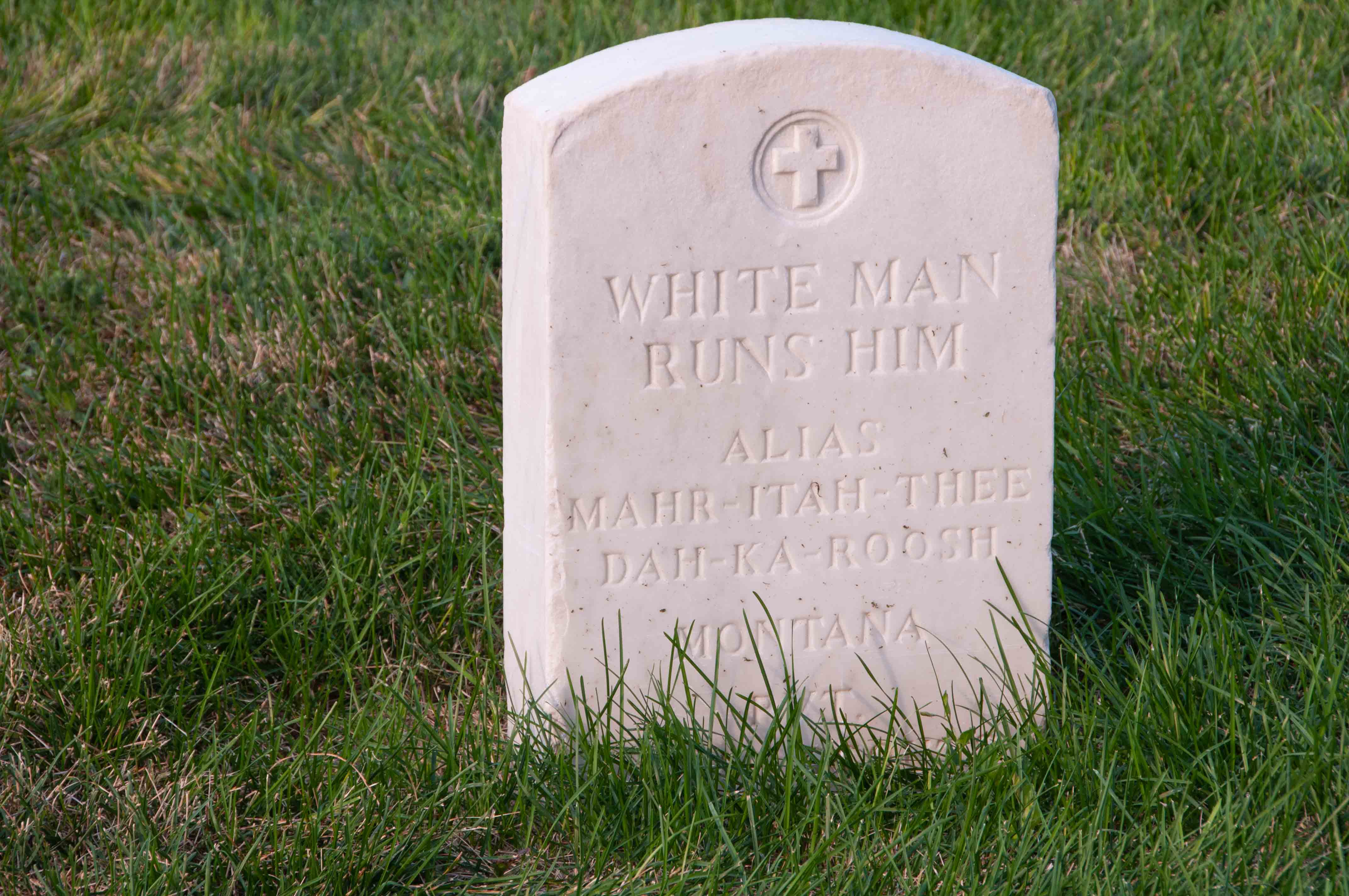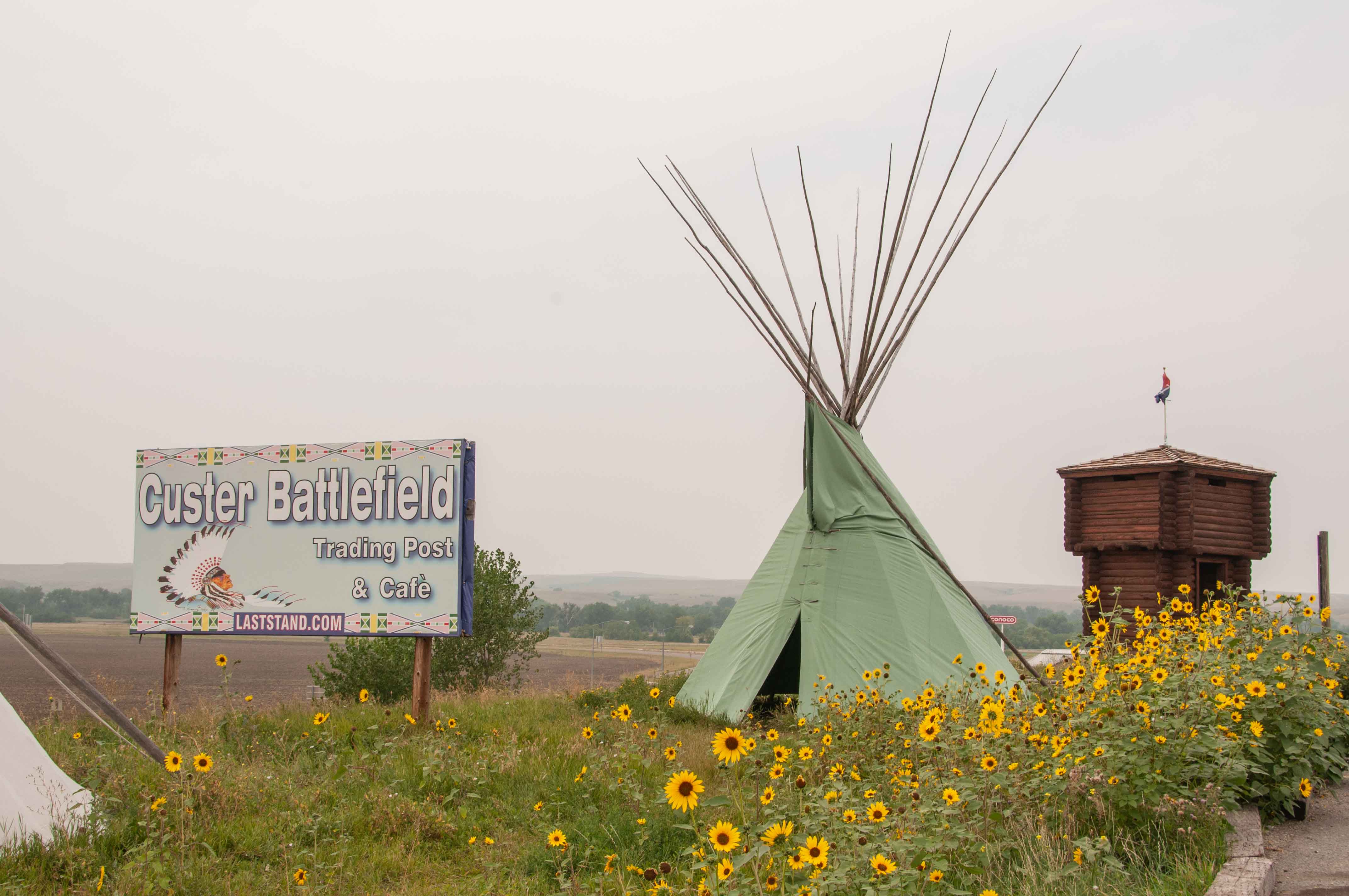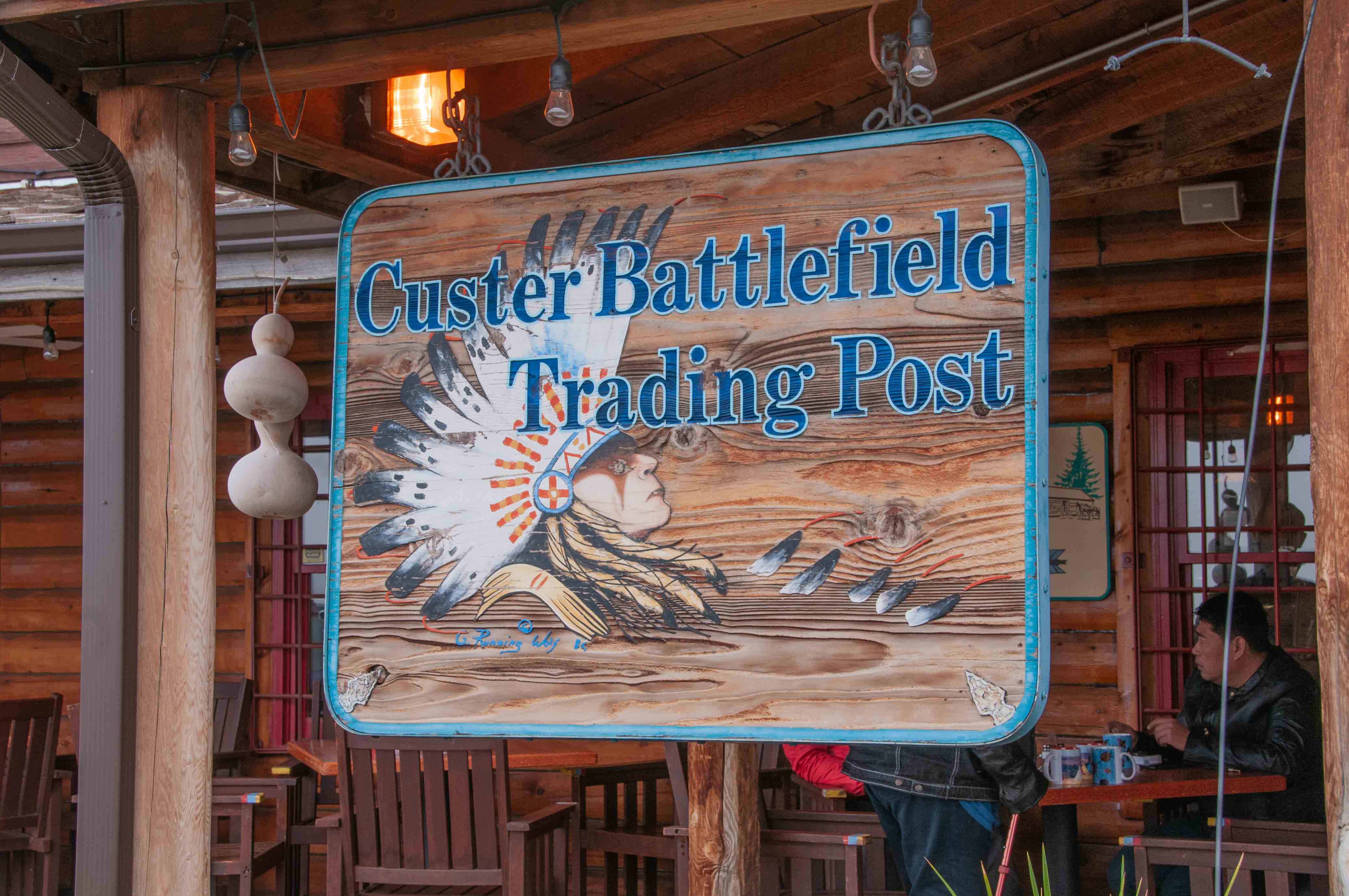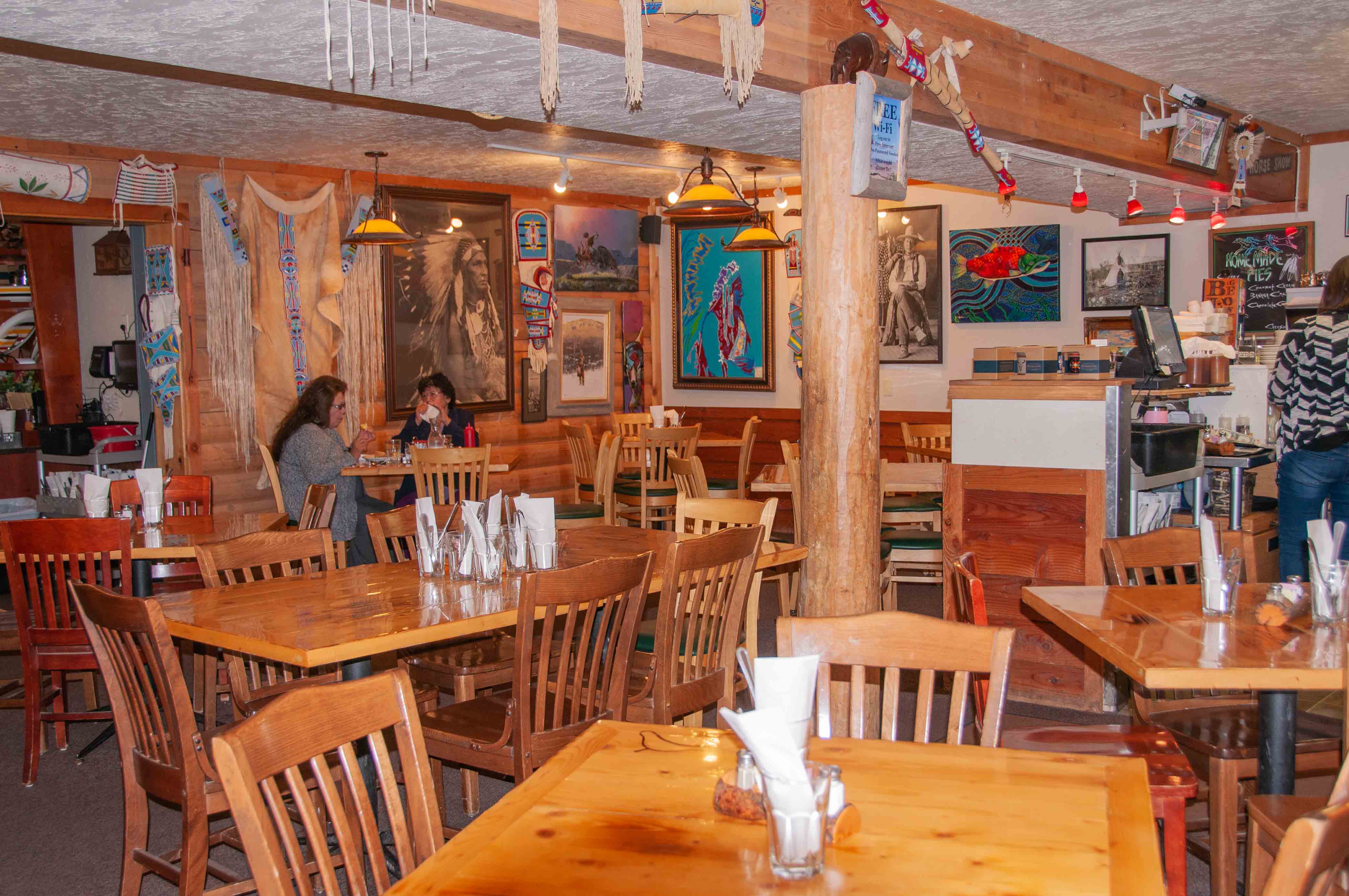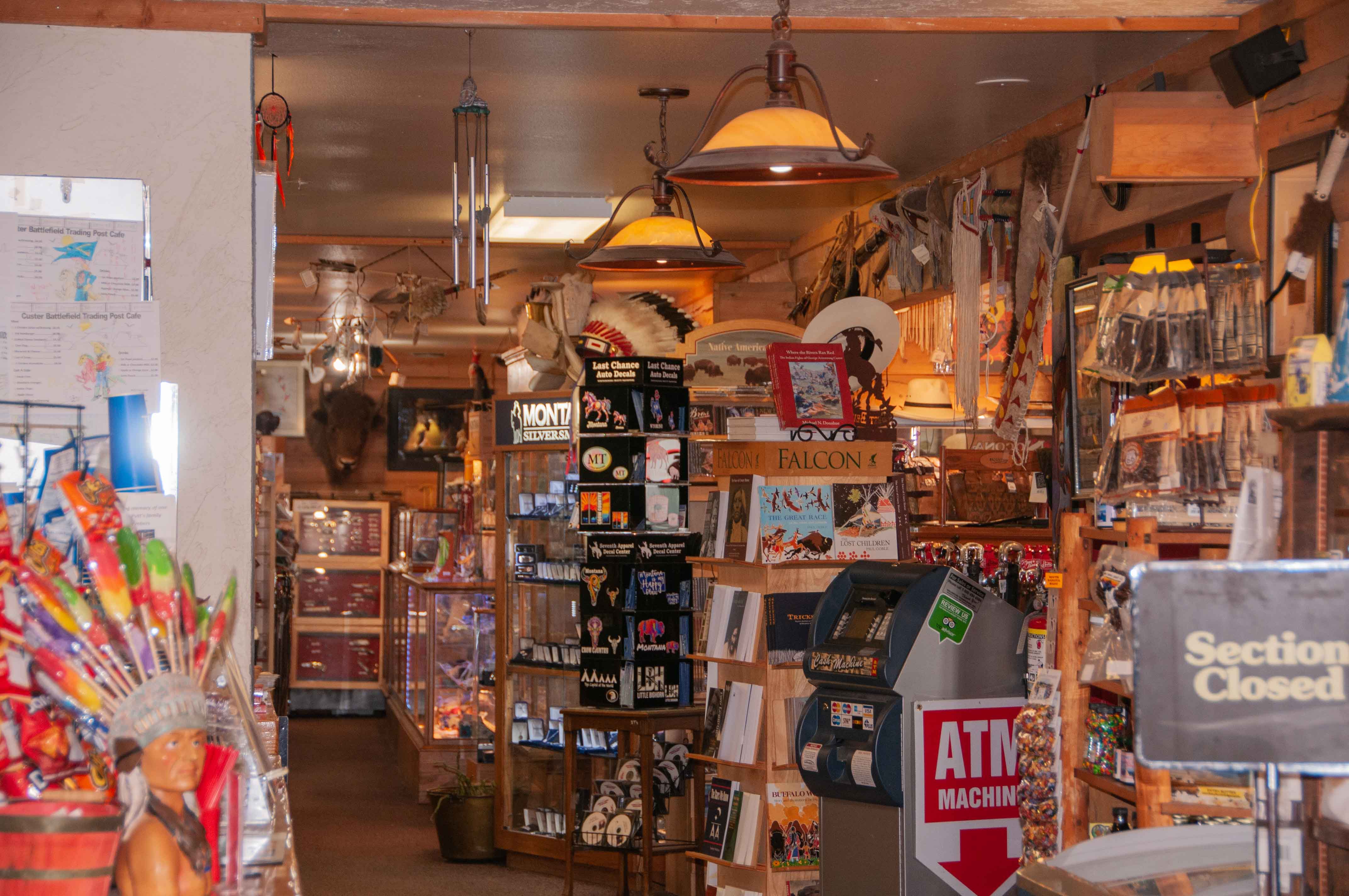Little Bighorn Battlefield National Monument
On the evening of June 24, 1876 Lt. Col. George Armstrong Custer's Indian scouts discovered a large Indian encampment on the west side of the Little Bighorn River. Col. Custer decided to attack the camp on the following day, precipitating the Battle of Little Bighorn, also known as the Battle of the Greasy Grass or Custer's Last Stand. Custer and 700 soldiers under his command unknowingly faced a combined force of several thousand Lakota, Northern Cheyenne, and Arapaho Indians, and the outcome for the 7th cavalry was disastrous. Custer, along with more than 260 of his men, perished on June 25-26, 1876. It was a great victory for the Plains Indians, but was also the beginning of the end of the Sioux War of 1876. Following the Battle of the Little Bighorn, the Sioux Nation was defeated in a series of engagements and forced to cede the Black Hills region to the U.S. and retire to reservations. The Battle was a significant event in the clash of two cultures that started when white Europeans first set foot on the North American continent. The site of the battle was designated as Custer Battlefield National Monument on March 22, 1946, and renamed Little Bighorn Battlefield National Monument on Dec 10, 1991.
Visitor Center and Museum
Custer Battlefield - Last Stand Hill
There were actually 2 battles fought on those fateful
days in June. Custer, in his infinite wisdom, split his force, sending Maj. Marcus Reno's battalion to attack
the Indian encampment. Reno soon ran into big trouble and beat a hasty retreat (losing many
men in the process) onto the bluffs across the Little Bighorn River. There he duked it out with the Sioux until they
left after the 25th. Of course the most famous battle, and the only one most people know about, occured on Last Stand Hill,
where Custer and all of the men with him were wiped out.
Last Stand Hill Panorama
Memorials
Indian Memorial
The Indian Memorial was dedicated June 25, 2003,
and construction continued through 2013. It has played a significant part in the
re-imaging of the National Monument. After all, the Indians were only trying to protect their
culture and lands from the incursions of voracious white men.
The Memorial is
a circular stone wall, about 20 ft in diameter (I'm guesssing). It has east and west entrances,
and a bronze sculpture of 3 Spirit Warriors. Granite panels inscribed with the words and names
of chiefs and warriors line the circular wall. Quite impressive and emotive.
Indian Memorial Sculpture
Indian Memorial Panorama
Custer National Cemetery
A national cemetery was established in 1879 to protect
the graves of Seventh Cavalrymen who died at Little Bighorn. The remains of military personnel and others
buried at various military forts were also moved here. Indian scouts who served the army and
veterans of other conflicts ranging from the Spanish-American War to Vietman are also interred at the
Cemetery.
Cemetery Panorama
Bonus - Custer Battlefield Trading Post and Cafe
I stopped at this
Trading Post on the way out of the Monument. It's located on the Crow Reservation and has
been in business for over 30 years. I think all the empoyees were Crow Indians, and they all
had stories to tell. There was also an Asian biker group there - Korean?, Indonesian?. I got
my picture taken with them.
Use the form on the Home Page to submit comments, questions, or suggestions. TD Productions Copyright © 2018
